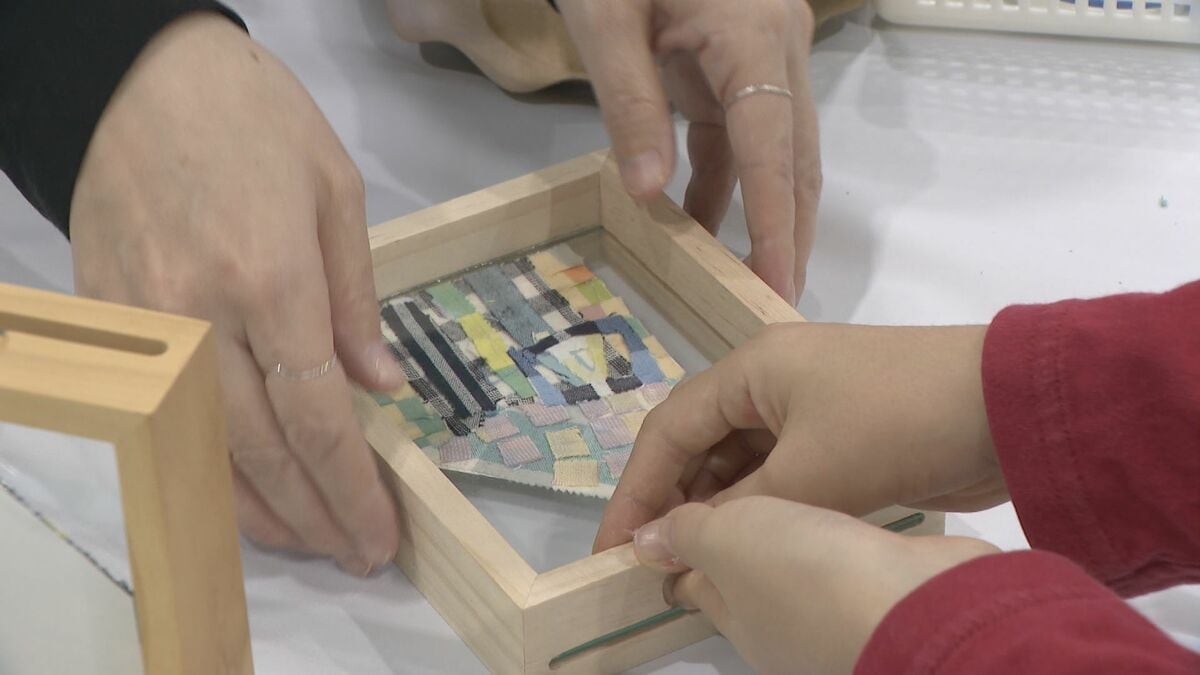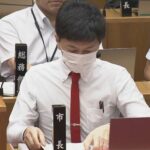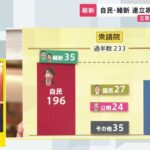An experiential event where participants could learn about Mie Prefecture’s traditional crafts was held on the 18th in Yokkaichi City.
This event was organized by the prefecture and a major food manufacturer to help people learn more about local industries through Mie’s traditional crafts.
Participants experienced creating art frames using scraps of “Ise cotton” and making “Hinaga uchiwa” fans, a craft that has continued since the Edo period.
One participant said: “(Ise cotton) had a texture I haven’t experienced much before.”
Another participant commented: “There were various colors, it was interesting.”
A different participant shared: “Since these are local specialties, I’d like to engage with them more actively from now on.”
In addition to these activities, participants also toured a factory that produces Japanese-style dashi stock, experiencing the dedication to craftsmanship firsthand.
Mie Prefecture
Mie Prefecture, located in central Japan, is a region rich in spiritual and historical significance. It is most famous as the home of the Ise Jingu (Ise Grand Shrine), Japan’s most sacred Shinto shrine, which has been rebuilt every 20 years for over 1,300 years. The prefecture is also renowned for its traditional ama (female pearl divers) and as the birthplace of the cultured pearl industry.
Yokkaichi City
Yokkaichi is a major industrial city in Mie Prefecture, Japan, historically known as a post-station town during the Edo period. Its modern identity was shaped in the 20th century with the development of one of Japan’s first major industrial complexes, though this also led to significant pollution issues in the 1960s. Today, it is a key port and manufacturing center for chemicals and petroleum.
Ise cotton
Ise cotton is a traditional Japanese textile originating from the Ise region (now Mie Prefecture), historically produced since the Edo period (1603-1868). Known for its durable, lightweight quality and distinctive striped or checked patterns, it was traditionally used for farmers’ work clothing and everyday garments. The fabric represents an important cultural craft that continues to be valued for its heritage and practical characteristics.
Hinaga uchiwa
Hinaga uchiwa are traditional Japanese hand fans originating from the Hinaga district of Yokkaichi City, Mie Prefecture, with a history dating back to the Edo period (early 18th century). They are characterized by their elegant bamboo frame and handmade washi paper, often featuring delicate paintings or calligraphy. Originally created for practical use and as luxury gifts, they remain a celebrated local craft representing Japanese aesthetic sensibilities.
Edo period
The Edo period (1603-1868) was a transformative era in Japanese history, characterized by over 250 years of peace and stability under the rule of the Tokugawa shogunate. This era saw the rise of a vibrant urban culture in cities like Edo (modern Tokyo), the strict isolation of Japan from most foreign influence, and the flourishing of arts such as kabuki theater and ukiyo-e woodblock prints.
Japanese-style dashi stock
Dashi is a fundamental Japanese soup stock with a history dating back to the 8th century, when Buddhist monks introduced the practice of using kombu (kelp). Its modern form, combining kombu and katsuobushi (dried bonito flakes), was perfected during the Edo period (1603-1868). This savory, umami-rich broth serves as the essential flavor base for countless Japanese dishes, including miso soup and noodle broths.






